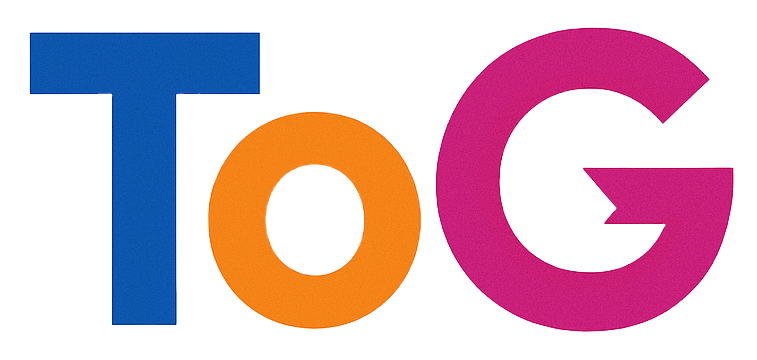Understanding Changes in GoogleBot Crawling Behavior and Their Impact on Your SEO Strategy
In the world of search engine optimization, staying ahead of crawler behaviors is essential to maintaining and enhancing website performance. Recently, many site owners have observed notable changes in how GoogleBot interacts with their content, especially on pages featuring dynamic or interactive elements. One such case involves a large SEO directory site experiencing increased crawling issues due to modifications in Google’s crawling approach, which ultimately impacts their SEO health.
The Scenario: Unexpected Interactions with Interactive Maps
Imagine managing a website with a comprehensive SEO directory encompassing over 100,000 pages. These pages integrated with interactive maps to enhance user experience. Historically, GoogleBot’s crawling behavior on these pages was relatively passive—fetching static content without engaging with dynamic elements. Crawler activity was smooth, with minimal impact on server resources, and no significant issues arose over years of operation.
However, a recent development has dramatically altered this landscape. The site owner noticed unusual activity: GoogleBot appears to be loading and actively interacting with the embedded maps—panning, zooming, and engaging substantially more than before. This newfound activity has triggered API rate limits, resulting in error messages for GoogleBot, and raised concerns about potential SEO repercussions.
What Changed, and Why?
This shift suggests that Google has possibly updated its crawling strategy, especially concerning interactive and rich media elements like maps. Previously, GoogleBot may have primarily crawled static content, but recent updates could enable or encourage it to simulate real user interactions to better understand page content.
When GoogleBot interacts with elements like maps that rely on third-party APIs, excessive or aggressive activity can strain your server resources, triggering rate limiting. Despite the pages returning a successful HTTP 200 status, the interactive maps might no longer function correctly during crawler sessions due to this throttling, displaying error messages instead.
Potential SEO Implications
A critical concern for site owners is whether such changes could negatively impact SEO. Here’s what to consider:
- Crawl Efficiency: If GoogleBot is encountering rate limits when trying to crawl or interact with key content, it might reduce the frequency or depth of future crawls, potentially impacting how quickly new or updated content gets indexed.
- Content Accessibility: Although the pages return a 200 status, if significant interactive elements are blocked or fail during crawl times, Google might not fully understand the page’s value or structure, which could influence ranking signals.
- User Experience Signals: Google aims to deliver the best

